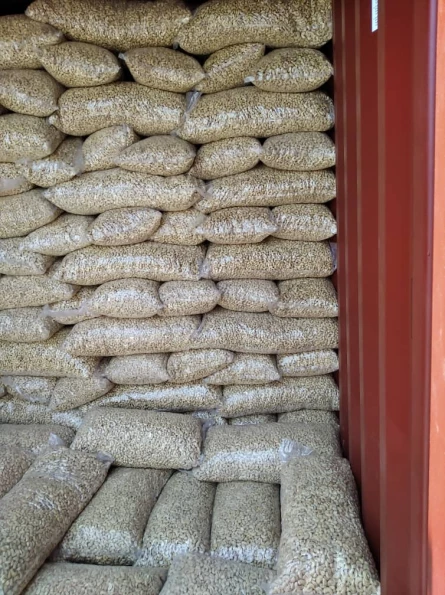- Products
- Frutos secos
- Cashew
Cashew

The cashew nut (Anacardium occidentale) is a botanical curiosity because it produces both a nut and a fresh fruit.
- Description
The hard-shelled, kidney-shaped nut, 3 to 5 cm long, contains the seed, the edible, white or ivory-coloured, edible cashew, weighing about 10 g.
The peculiarity is that the stalk that attaches this nut to the branch of the tree develops into a large fleshy pseudo-fruit, yellow, pink or red in colour and up to 11 cm long, which can also be eaten.
In fact, it is a very popular fruit in Latin America, where it is known as marañón, cojote, manzana de acajú, merey or ciruela dorada, among other names.
The name cashew was given to the nut by the French monk and naturalist André Thevet, who was reminded of the shape of an inverted heart ("ana" means "upwards" and "cardium" means "heart").







